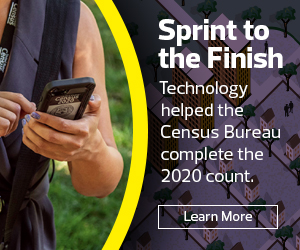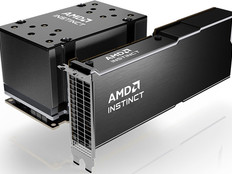What Is Device as a Service?
While Device as a Service is sometimes used as a way to refer to device leasing contracts, a more robust DaaS partnership between an agency and a vendor can enhance every aspect of deploying and managing devices.
In a DaaS environment, agencies receive devices and ongoing management services from their partners on a subscription basis.
As a CDW blog on DaaS notes, CDW•G’s DaaS solution is focused on the device and services around the device’s lifecycle. One aspect, the blog notes, is to “define the user personas in their environment and understand their technology needs, including the device, data and app access and support” and then also provide “a web-based order management process for product ordering.”
In the Census Bureau’s case, CDW•G had the responsibility of acquiring the devices via a secure supply chain.
In terms of device fulfillment, once an agency selects a device, CDW•G uses its ISO 9001- and ISO 14001-certified Configuration Centers to “configure, enroll and integrate devices and peripherals, ensuring that the device is ready for use out of the box,” according to the blog.
The blog also notes that CDW provided device services to aid users with installation and data transfer, and also with “core end-user support functions, including service desk, warranty support and device monitoring options to ensure workplace productivity.”
CDW also provides “performance analytics information, proactive monitoring of device health and predictive insight into device performance,” the blog notes.
When an agency is done using the devices, CDW also “provides reclamation services, including retiring and data wiping of the devices,” the blog notes. For the Census Bureau project, CDW•G was able to recover close to 600,000 devices in “a remarkably short period of time,” according to Randy Harris, CDW•G’s vice president of federal program management, capture and services . The devices had their data sanitized and also were cleaned.













